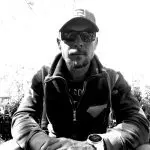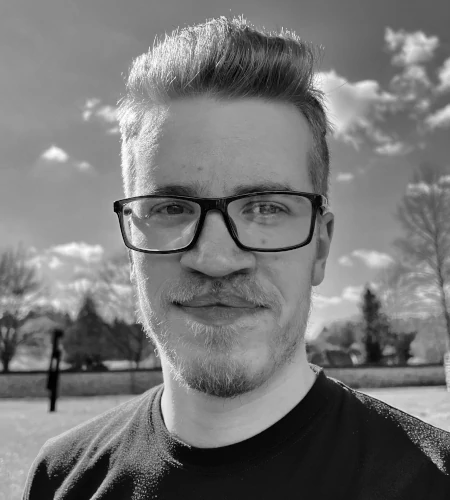Advanced modelling of radio channels using ray-optical and numerical meshless methods
Comprehensive understanding of radio wave propagation is essential to any further development of wireless networks. The diversity of communications brings new demands in the system requirements. In addition to the high data rates, high expectations for communication link latency, reliability and density of the wireless devices are necessary. In telecommunications the signal wavelength is small compared to the physical features of objects, therefore ray-tracing techniques provide solutions that are efficient, fast and still within time constraints. However, the deterministic ray-tracing techniques model only a subset of the propagation mechanisms and in their present form do not guarantee appropriate modelling for the continued increase of wireless systems data rates, throughput and reliability.
On the other hand, accurate numerical approach of solving fundamental Maxwell’s equations is best suited for modelling electrical field interactions with physical objects where characteristic dimensions of a computing domain is typically on the order of a few wavelengths in size. However, the increased computing capabilities and the demand for better characterization of communication channels that cover smaller and extremely irregular areas make numerical methods, especially those for electrically larger problems, a competing approach to the advanced ray-tracing techniques.
In the proposed project, we are studying methods and approaches for radio wave propagation at carrier frequencies foreseen for future communication systems and supporting the future network intelligence. Adaptation of the numerical methods using meshless concepts for their greater acceptability in electrically large problems is a viable competition to accuracy improvements of the existing deterministic models, with the ray-tracing techniques being among most popular. We propose a comprehensive evaluation and adaptation of the two competing approaches for the telecommunication channel modelling.
The objective of the research is to study ways of overcoming excessive time requirements while providing acceptable channel modelling accuracy in demanding irregular environments. Our focus will be on environments with no simple geometrical description, such as detail-rich small radio cells. Finally, we will assess the trade-offs between both techniques in terms of speed and accuracy.

Partners
Faculty of Electrical Engineering - University of Ljubljana (FE)
Jozef Stefan Institute (JSI)
P-Lab team
Funding




